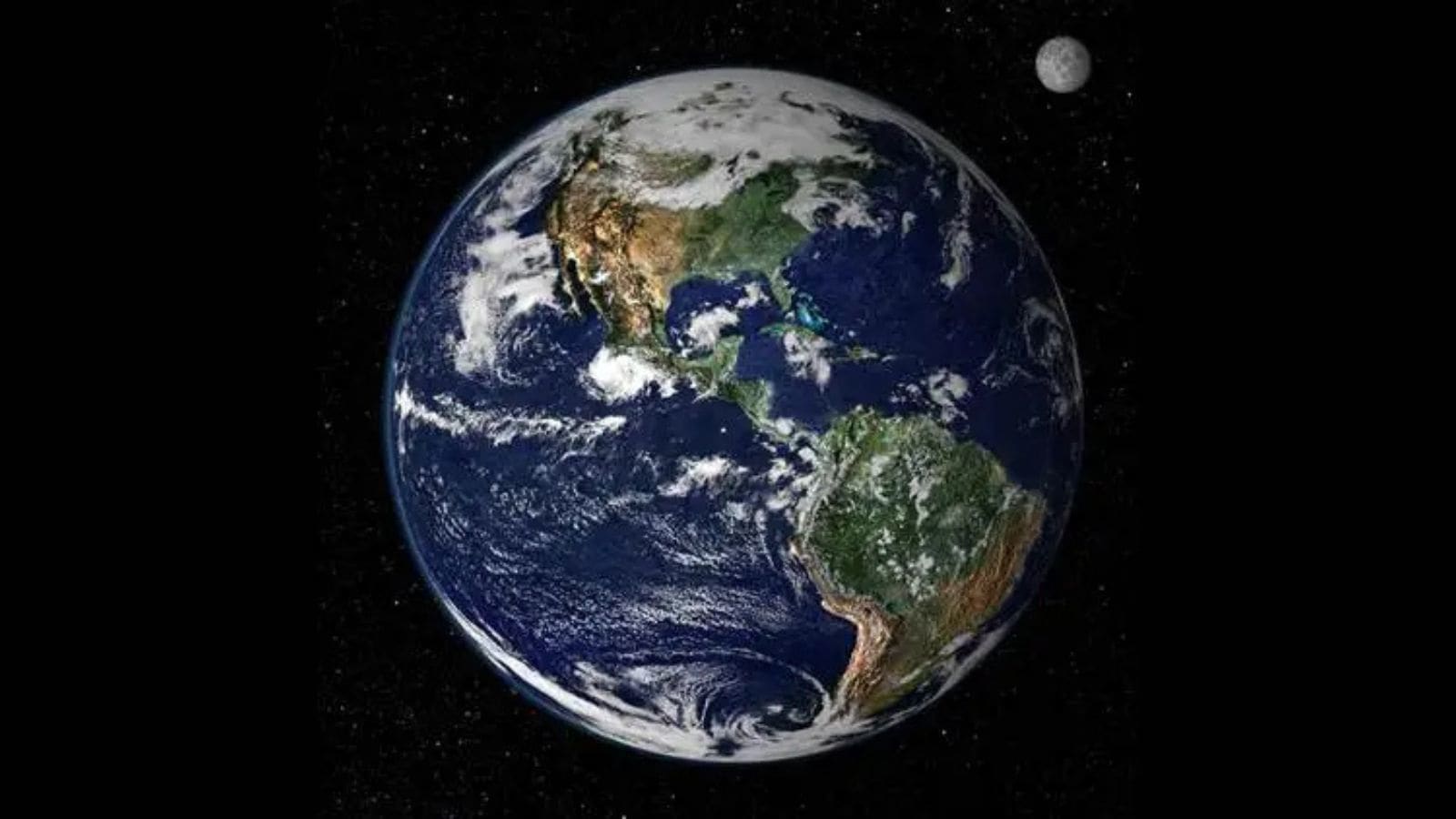The Earth spun faster this month, recording the shortest day this year on July 10. The world is set to witness similar events on Tuesday (July 22) and next month (August 5).
According to data from the Earth Rotation and Reference Systems Service and the US Naval Observatory, reported by CNN, the Earth recorded its shortest day on July 10, by completing a full rotation faster by a fraction of a second (1.36 milliseconds).
Until 2020, the shortest day ever recorded was -1.05 ms, which means the Earth completed its rotation in 1.05 milliseconds less than 24 hours. The Earth has been consistently crossing this number since then, recording its shortest day ever on July 5 (-1.66 ms).
What affects the rate of rotation
The Earth takes 24 hours to rotate on its axis, a period known as “Length of Day” or LOD. The LOD may vary by a time frame as unnoticeable as a millisecond (0.001 seconds or 1 ms), and these variations are recorded using devices known as atomic clocks.
The variation in LOD depends on several factors, including the position of the Moon with respect to the Earth’s equator, the oceans, and the atmosphere.
The Moon’s gravitational pull influences the Earth’s rotation speed — it is slower when the satellite is closer to the equator and faster when it’s at latitudes farther away from it.
The atmosphere slows down due to seasonal changes, and the Earth compensates for it by rotating faster, as the combined angular momentum of Earth and its atmosphere must remain constant.
Story continues below this ad
As per the same principle, the slowdown of Earth’s liquid core has caused the solid Earth around it to speed up.
A negative leap second and the big picture
One reason the trend of faster days has drawn attention is the concept of the ‘leap second.’ For several decades, Earth was known to be slowing down, making days marginally longer.
This led to adjustments, known as the positive leap seconds, being made to Coordinated Universal Time (UTC) to slow down the atomic clock and keep it in sync with the phenomenon. This has happened 27 times since 1972.
With the Earth currently recording faster rotations than it used to, the atomic time may need adjustments in the opposite direction by removing a second, called a negative leap second. This has never happened before.
Story continues below this ad
Since so many global systems — including telecommunications, financial transactions, and GPS satellites — depend on accurate timekeeping, it could lead to disruptions akin to the Y2K problem. Hence, scientists are closely monitoring the shortening of days.
© IE Online Media Services Pvt Ltd






